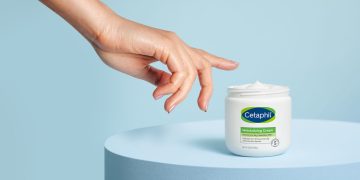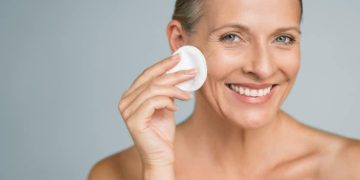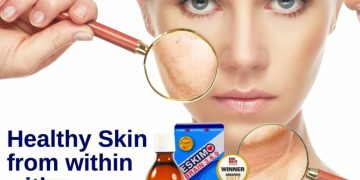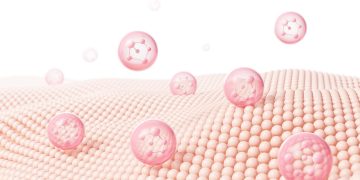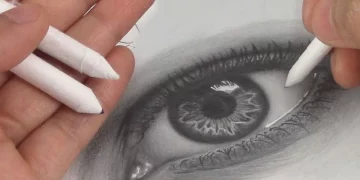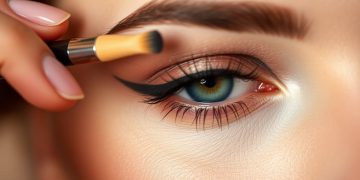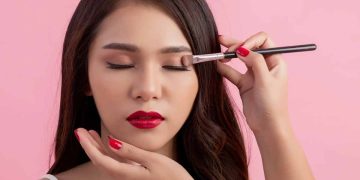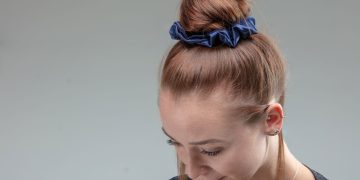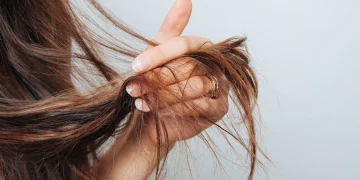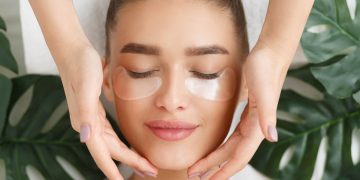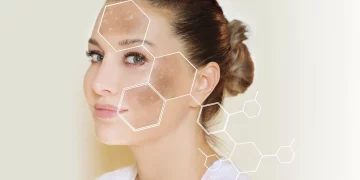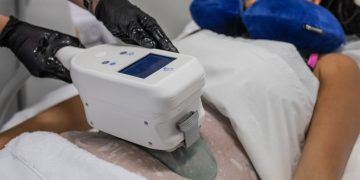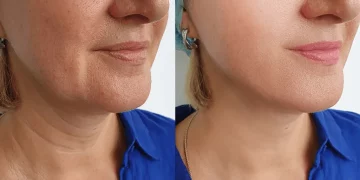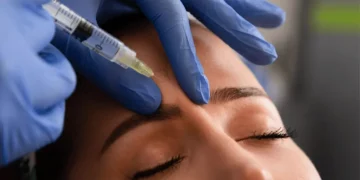As we age, our skin loses its elasticity, collagen production decreases, and the face may begin to show signs of sagging or loss of volume. For many people, these changes can be distressing, leading them to seek out non-invasive treatments to restore youthful contours. Dermal fillers have become one of the most popular options for achieving smoother, more youthful-looking skin without the need for surgery. In this article, we’ll explore the types of dermal fillers available, the benefits of restoring facial volume, who makes a good candidate, and the potential side effects and aftercare instructions for those considering this procedure.
1. Types of Dermal Fillers Available
Dermal fillers are injectable substances used to restore volume, smooth out wrinkles, and enhance facial contours. They come in various formulations, each with its unique benefits and applications. Here are the most common types of dermal fillers available today:
Hyaluronic Acid (HA) Fillers
Hyaluronic acid is a naturally occurring substance in the body that helps retain moisture and provide volume to the skin. It is one of the most popular types of dermal fillers due to its safety profile and ability to produce natural-looking results. HA fillers are commonly used to treat:
- Nasolabial folds (smile lines)
- Marionette lines
- Under-eye hollows
- Lip enhancement
- Cheek volume restoration
Some of the most well-known brands of HA fillers include Juvederm, Restylane, and Belotero. These fillers provide immediate results and are typically temporary, lasting anywhere from 6 months to a year.
Calcium Hydroxylapatite (CaHA) Fillers
Calcium hydroxylapatite is a mineral-like compound that is also found naturally in bones. It is a thicker filler than HA and is used for deeper wrinkles and facial volume loss. This type of filler can stimulate the body’s own collagen production, providing longer-lasting results. Popular CaHA fillers include Radiesse. These fillers can last up to 12 to 18 months and are typically used for:
- Cheeks
- Jawline contouring
- Marionette lines
Poly-L-Lactic Acid Fillers
Poly-L-lactic acid is a biocompatible synthetic substance that helps stimulate the production of collagen over time. Unlike HA and CaHA, these fillers are not used to fill immediate wrinkles, but rather to restore volume gradually and stimulate collagen production. Sculptra is the most common filler that uses poly-L-lactic acid. These fillers can provide longer-lasting results, often lasting up to 2 years, but multiple treatment sessions are usually required.
Polycaprolactone Fillers
Polycaprolactone is another synthetic substance that can help stimulate collagen production in the skin. This type of filler is known for its ability to provide a subtle, gradual improvement in facial volume and contour. It is often used for deeper wrinkles and facial volume restoration. The brand Ellansé is an example of a polycaprolactone-based filler.
Autologous Fillers (Fat Transfer)
In addition to synthetic dermal fillers, some people choose to undergo a fat transfer procedure, which involves using their own fat to restore volume to the face. The fat is typically harvested from another part of the body, such as the abdomen or thighs, and then injected into areas of the face that have lost volume. Fat transfer provides more permanent results compared to other types of fillers, though there is still the possibility of some fat being reabsorbed by the body over time.

2. The Benefits of Restoring Volume
Restoring volume with dermal fillers offers numerous benefits, especially for individuals experiencing facial aging, weight loss, or hollowing in certain areas of the face. The main benefits include:
Smoothing Out Wrinkles and Fine Lines
One of the most common uses of dermal fillers is to smooth out wrinkles and fine lines, particularly around the mouth, eyes, and forehead. As we age, these wrinkles can deepen, giving the face a tired or worn appearance. Dermal fillers provide immediate volume to these areas, effectively softening the appearance of wrinkles and restoring a more youthful look.
Enhancing Facial Contours
Dermal fillers are often used to enhance or restore facial contours, such as the cheeks, chin, and jawline. For individuals who have lost volume in these areas due to aging or weight loss, fillers can provide a more lifted and defined look. This can create more balanced facial features and restore symmetry.
Non-Surgical Facelift
Dermal fillers are sometimes referred to as a “non-surgical facelift” because they can create a lifted, rejuvenated appearance without the need for invasive surgery. Fillers can enhance the shape of the cheeks, smooth out deep wrinkles, and restore youthful volume to areas such as the temples and under the eyes. The results are subtle but effective, offering an alternative to traditional facelift surgery.
Plumping and Enhancing Lips
Dermal fillers are also used to plump and define the lips, which may thin out as we age. This can give the lips a fuller, more youthful appearance, and can also address issues such as asymmetry or loss of volume in the lips.
Quick and Minimal Downtime
One of the most significant benefits of dermal fillers is the minimal downtime involved. Unlike surgical procedures, dermal filler treatments are quick and require little recovery time. Most individuals can return to their normal activities immediately after the procedure, although there may be some temporary redness or swelling at the injection site.
3. Who Makes a Good Candidate for Dermal Fillers?
Dermal fillers are suitable for most people who want to restore facial volume, smooth out wrinkles, or enhance specific facial features. However, not everyone is a good candidate for the procedure. Ideal candidates for dermal fillers are typically:
- Healthy individuals: Those who are in good overall health with no history of allergic reactions to dermal filler ingredients.
- Non-smokers: Smoking can affect the body’s ability to heal and may interfere with the results of dermal fillers.
- Adults with facial volume loss or wrinkles: Those who are experiencing visible signs of aging, such as hollow cheeks, deep lines, or thinning lips, may benefit from dermal fillers.
- People with realistic expectations: Ideal candidates should have realistic expectations about the outcome of the procedure. Dermal fillers can provide subtle and natural-looking improvements but will not deliver the dramatic changes that surgery might offer.
During the consultation, your provider will assess your skin type, medical history, and aesthetic goals to determine if dermal fillers are the right option for you. It’s essential to be honest about your expectations and discuss any concerns with your practitioner before undergoing treatment.
4. Side Effects and Aftercare Instructions
While dermal fillers are generally considered safe when administered by a qualified professional, there are some potential side effects and risks to be aware of. These include:
Common Side Effects
- Redness and Swelling: Most patients experience mild redness, swelling, or bruising at the injection sites immediately following the procedure. This typically subsides within a few hours to a few days.
- Tenderness or Discomfort: Some discomfort may occur at the injection site, but this should be temporary and resolve within a few hours.
- Itching or Rash: Mild itching or a rash may occur, especially if you are sensitive to certain ingredients in the filler.
Rare Side Effects
- Infection: Although rare, infection can occur at the injection site. Following proper aftercare instructions can minimize this risk.
- Lumps or Bumps: In some cases, dermal fillers may cause lumps or bumps under the skin, which can usually be massaged out by your provider.
- Allergic Reactions: Though uncommon, some individuals may have an allergic reaction to the filler, which can cause swelling, redness, or even more serious symptoms like difficulty breathing.
Aftercare Instructions
To ensure optimal results and minimize potential complications, follow these aftercare tips:
- Avoid touching or massaging the treated area: For the first few hours after treatment, avoid touching, rubbing, or massaging the injected areas to prevent the filler from shifting.
- Avoid sun exposure: Protect the treated area from direct sunlight and avoid tanning beds for at least 24 to 48 hours after treatment.
- Avoid strenuous activities: Refrain from vigorous exercise or activities that cause excessive sweating for 24 to 48 hours following your procedure.
- Cold compress: If you experience swelling or bruising, applying a cold compress can help reduce inflammation.
- Follow-up appointments: Schedule follow-up appointments with your provider to assess the results and determine if additional touch-up treatments are necessary.
Conclusion
Dermal fillers are a safe and effective option for those seeking to restore volume, smooth out wrinkles, and enhance facial contours. With a variety of filler options available, there’s a solution to suit different needs and goals. Whether you’re looking to soften the appearance of fine lines, plump your lips, or restore a youthful contour to your cheeks, dermal fillers offer a non-invasive, quick, and relatively painless solution with minimal downtime. As with any cosmetic procedure, it’s essential to consult with a qualified provider to ensure the best possible results and avoid complications.

